What's the most profitable heifer replacement strategy?
During a complete price cycle, the least profitable heifer replacement strategy may well be keeping a fixed number of replacement heifers each year — a very common practice.
June 23, 2017
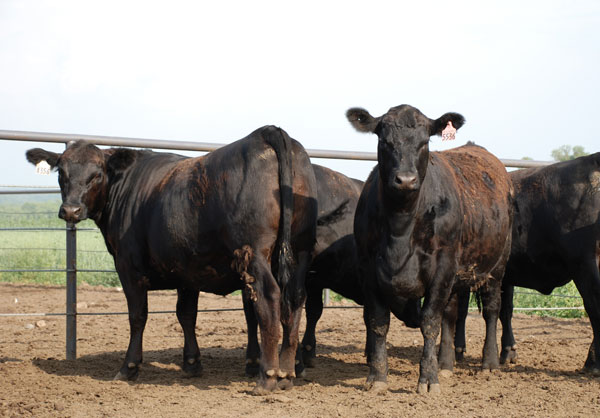
I routinely estimate the costs of replacement heifers as we go through the current cattle cycle. Figure 1 presents my estimated cost of raising replacement heifers from 2011 through 2017. Clearly, the highest-cost replacement heifers over this seven-year period were those preg-checked heifers entering the herd in fall 2015.
As pointed out in my last Market Adviser column, there are two components in the cost of a preg-checked replacement heifer. First, there is the market value — opportunity cost — determined by the market value of the weaned heifer calf that could have been sold at weaning. Second, there is the on-ranch cost, or the cost of developing, the heifer calf into a preg-checked heifer.
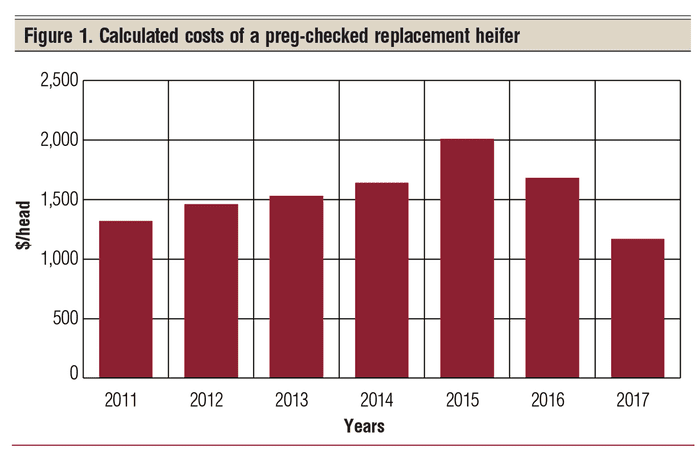
The biggest changing cost factor from one year to next is the market value of the weaned replacement heifer entering the development phase. The most expensive heifers put into a herd in recent years were those 2014-born heifer calves that became preg-checked heifers entering the breeding herd in fall 2015.
Cattle cycles
The biggest factor impacting heifer costs turns out to be the cattle cycle and its resulting price cycle. So, let’s do a brief review of historical cattle cycles and calf price so you understand where I am coming from.
Note we had a cattle cycle in the 1930s, another cattle cycle in the 1940s and one in the 1950s. We sort of had a cattle cycle in the 1960s, and we had another cattle cycle in the 1970s. Each cattle cycle peaked at a level above the previous one.
In the 1980s, something changed. We had a small cycle in the 1980s, and then cattle numbers continued downward. We had a small cattle cycle in the 1990s and again, cattle numbers continued downward.
A drought occurred in cattle country in 2002, BSE in 2003, drought again in 2006 and ethanol expansion in 2006-07. The cattle cycle was now broken, and cattle numbers continued downward; however, there is some indication that the cattle cycle may now be alive and well again. But, I do not see the cattle cycle peaking above the previous cycle, as in the last century.
Figure 2 presents FAPRI’s (University of Missouri Food And Agricultural Policy Institute) 2016 cattle cycle projections out to 2025. Again, we see a projected return to the more traditional nine- to 11-year cattle cycle, but cattle cycles are not peaking above the previous cycle.
Beef price cycles
We know that cattle cycles cause beef price cycles. Figure 3 presents historical 400- to 500-pound calf prices for North Dakota through 2007, and projections at that time through 2015. You can clearly see the cyclical nature of calf prices during the 1960-2015 time period. As cattle numbers peak in the cattle cycle, calf prices tend to bottom out.
As I summarized in last month’s Market Adviser, the main variable cost in raising replacement heifers is the opportunity cost of not selling the weaned heifer. You can see the year-to-year variability in weaned calf prices in Figure 3.
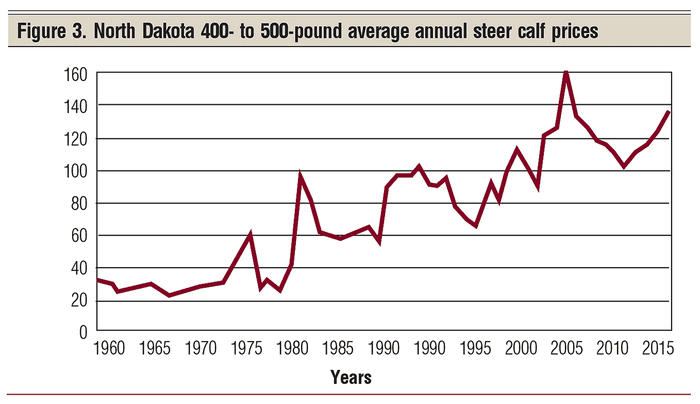
Heifer calves held back in years of low prices tend to be lower-cost replacements when placed into the cow herd as preg-checked heifers. Heifers held back during years of high calf prices tend to be high-cost replacements.
The accumulated value of the last seven years of replacement heifers is a good estimate of the capital invested in the current beef cow herd. In my eastern Wyoming-western Nebraska study herd, that number currently is $1,953 per cow.
Generally, the higher the total investment cost in any given cow herd, the higher the economic cost of producing a hundredweight of calf. The goal here is to increase long-run herd profits by reducing the total capital investment in the cow herd.
Adjust to the cycle
Figure 4 presents 2008 through 2016 eastern Wyoming/western Nebraska calf prices overlaid on U.S. All Cattle numbers with projections out to 2023. This work was done two years ago, suggesting cattle numbers went down in 2013, 2014 and 2015, and that cattle numbers were projected to rebuild in 2016, 2017 and 2018.
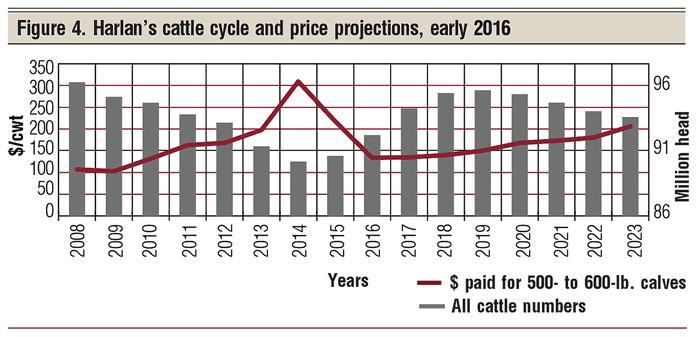
If you apply my cattle cycle strategy suggested above, you would sell the maximum number of calves born during years 2014 and 2015, and hold back the maximum number of heifers possible in 2016 and 2017.
Yes, beef cow numbers would change year to year, but accumulated profits over the price cycle should also be higher. Remember, one probably cannot be profitable each and every year, but one needs to be profitable over the complete price cycle.
I am suggesting that heifer calves born during the low phase of the price cycle produce calves during the high phase of the price cycle. In turn, heifer calves born during the high price phase of the price cycle produce calves during the low phase of the price cycle. Finally, some of the profits generated from the peak cattle price years are to be carried forward to pay expenses during the low price/rebuilding years.
In summary, the timing strategy of your replacement heifers goes a long way in determining the long-run capital investment in the mature beef cow herd, and goes a long way toward determining the long-run beef cow profits from your beef cow herd. During a complete price cycle, the least profitable heifer replacement strategy may well be keeping a fixed number of replacement heifers each year — a very common practice.
Hughes is a North Dakota State University professor emeritus. He lives in Kuna, Idaho. Reach him at 701-238-9607 or [email protected].
About the Author(s)
You May Also Like
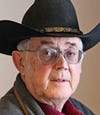



.png?width=300&auto=webp&quality=80&disable=upscale)
